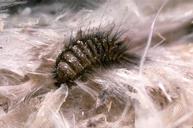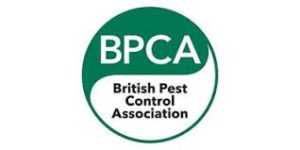
At Carpet Beetle Lincolnshire, a part of Pest Control Lincolnshire we are all fully qualified to undertake all aspects of Carpet beetles for both domestic and commercial properties throughout Lincolnshire areas. We also use the latest chemicals for Carpet Beetle eradication and Prevention. We also offer a Fast Response to all Carpet Beetle problems and we work 7 days a week so we can be at your property in no time at all.
NO CALL OUT CHARGES
You will also find Pest Control Lincolnshire prices very competitive as our costs are kept to a minimum, however our service that is offered to you is extremely professional and you will find we have a friendly approach and will more than happy to help with any questions that you may have regarding Carpet Beetles.
Call Our Carpet Beetle Teamat Pest Control LincolnshireToday On: 0800 542 6727
About Carpet Beetles:
The beetles are fairly small, measuring 1.5 to 4mm in length. The body is strongly convex, rather like the ladybird beetle and is characterised by the pattern of yellow, black and whitish scales on the body.
Between 20 and 100 eggs are laid by the female during spring and early summer on furs, woollens and any dried materials of animal origin.
When the larvae hatch out, they are hairy and brown with three bunches of golden hairs on the abdomen. They normally reach a length of 4-5mm. They tend to avoid the light and, when disturbed, curl up into a ball.
The eggs hatch between 10 to 35 days depending on the temperature. The larvae can last at least a year depending on the quality of the food supply. The adult beetle lives from 7-41 days.
The adults appear in April, May and June and their resulting larvae hibernate during the following winter pupating during the latter part of February and March.
On emergence the adult beetles seek the light so they usually fly to the windows. They fly to light coloured flowers where they feed on nectar and pollen. After mating, the females enter houses during late summer and autumn and lay their eggs in birds’ nests in roof voids and other suitable places. The larvae feed on feathers and wool soiled with excrement.


